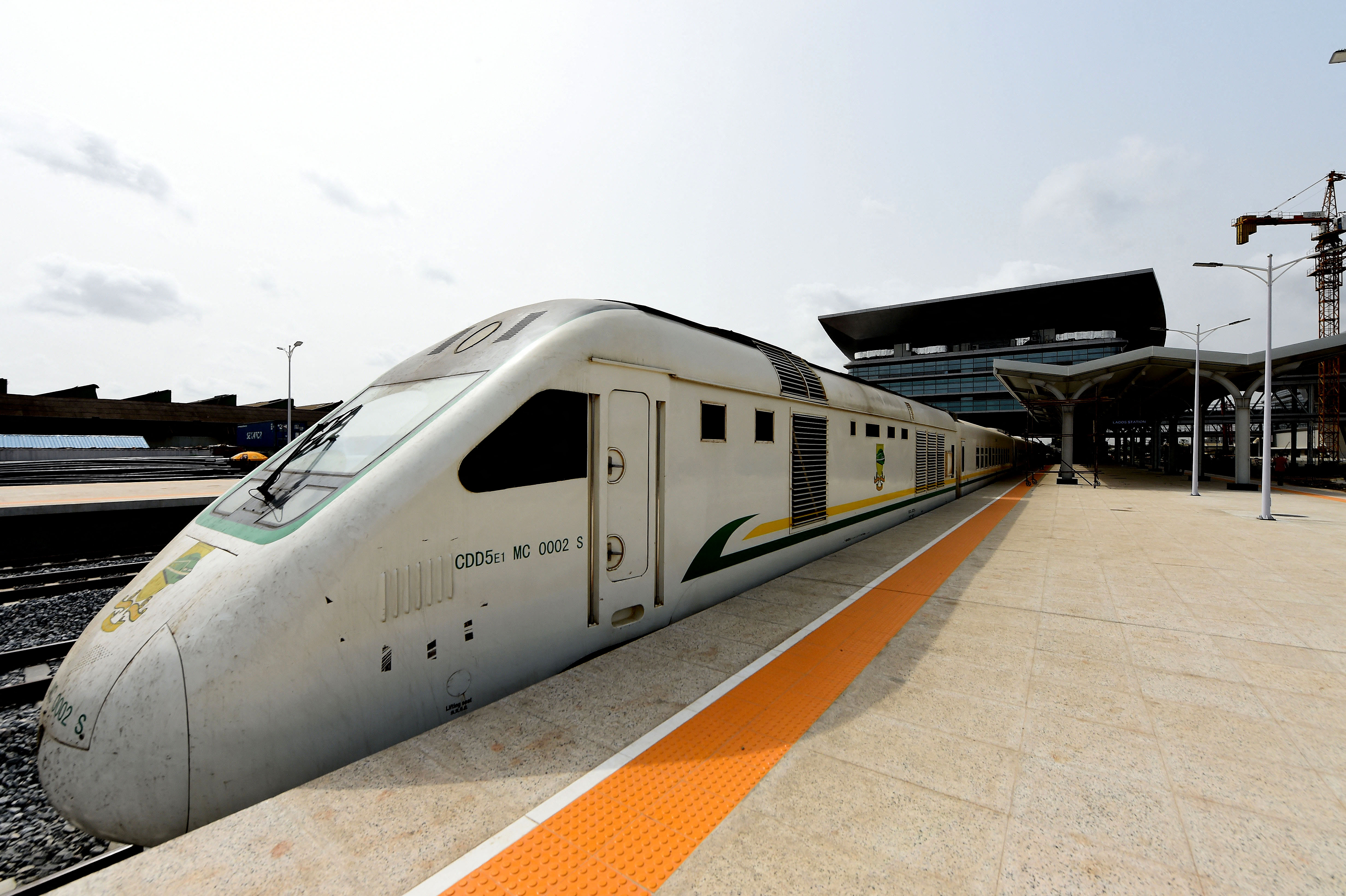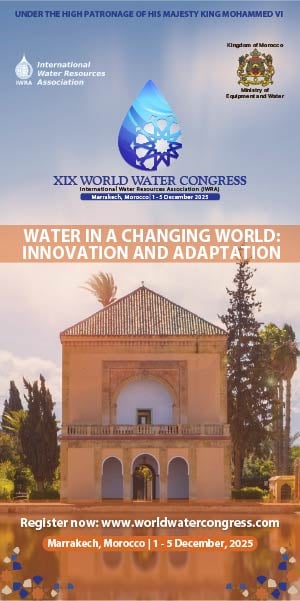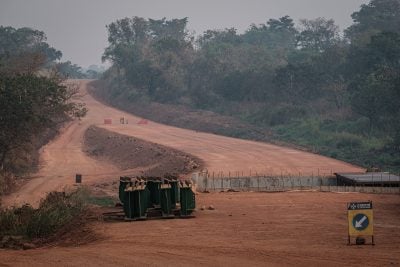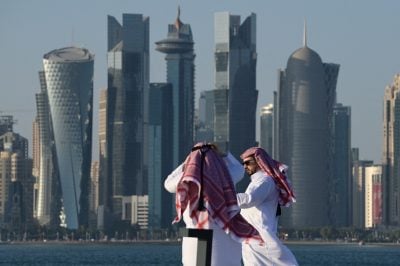The Lagos light rail train project, which has been gathering dust for decades, is back in motion, with the state government confident that the first phase of the Blue Line – one of the two lines that will form the Lagos Rail Mass Transit (LRMT) system – will be operational this year.
The first phase, which covers the 12.5km from Mile 2 to the west of the city to Marina on Lagos Island and includes seven stations, is reported to be more than 80% complete. It will eventually run for 27km from Marina to Okokomaiko.
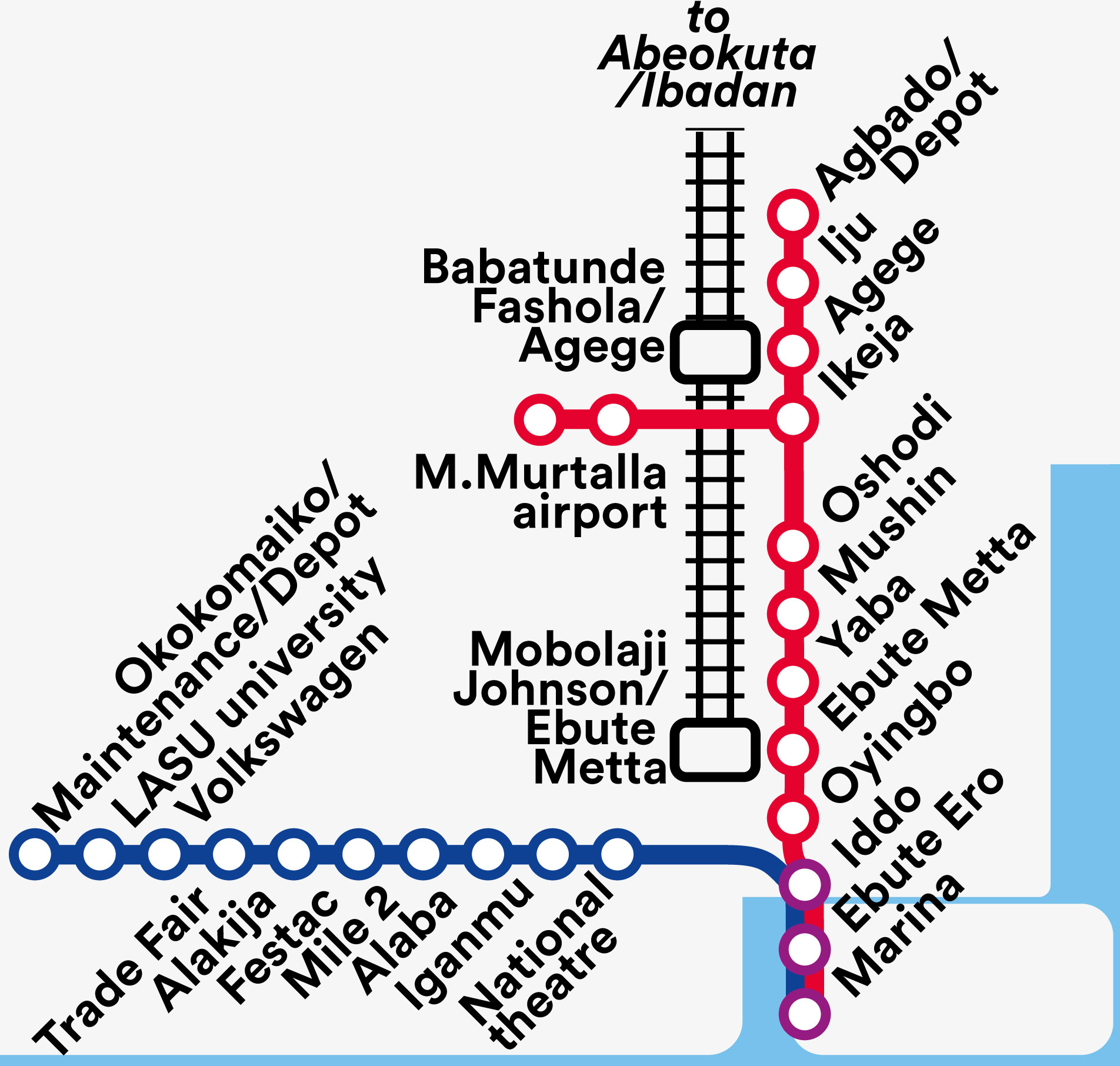
Earlier this year, state governor Babajide Sanwo-Olu was pictured inspecting two high-speed trains purchased in the US for the Red Line, which will form the second spoke of the LRMT. It will run from Marina to Agbado, 30km from Lagos.
The Red and Blue lines, when complete, are expected to move more than a million people across the sprawling metropolis every day, addressing the serious congestion that has become characteristic of the city.
The light rail project was first conceived several decades ago, with the completion of the Blue Line scheduled for 2011. However, it has been beset by a raft of problems, including funding, mismanagement, corruption and bureaucracy.
It is one of several long-delayed plans to connect Nigeria by rail that have been revived by the government of President Muhammadu Buhari. With elections scheduled for 2023, there is a big push to complete longstanding infrastructure projects to gain advantage for the ruling APC party.
The Nigerian Railway Modernisation Project is among the projects. It embraces the building of a new 1,315km standard gauge line from Lagos to Kano, with connections to Abuja, via Minna and Kaduna. The Lagos-Ibadan stretch, which is already operational, represents the second phase of this grand project.

There are a few new plans on the table, including the controversial $2bn line from Kano to neighbouring Niger, which was given the go-ahead by the federal government in 2020.
Critics said it appeared to be a northern vanity project, but transport minister Rotimi Amaechi says it will have benefits for Nigeria and will be a vital cog in the wheel of Niger’s economic development by opening up a new trade route to the sea.
Progress on power projects
Power infrastructure is another area of interest. The biggest project in the sector is the six-year multi-billion-dollar deal with Siemens of Germany to revamp and expand the dysfunctional national grid to unlock at least 25,000 megawatts (MW) of electricity by 2025.
There is also funding directed to building renewable energy capacity to counter the many grid challenges and to align the country more closely with global goals on clean energy. Vice-President Yemi Osinbajo says that the government wants 30% of the country’s power supply to come from renewable energy sources by 2030.
In light of this, new attention is being given to the 3,050 MW Mambilla Hydropower Project in Taraba State, which has been stalled for more than 40 years despite significant budgetary allocations for it over that time.
According to Ministry of Power records, the project’s feasibility study was first done in 1985 to build a 2,600 MW baseload power station to be implemented over five years. Its targeted capacity was revised to 3,050 MW in 2012 under President Goodluck Jonathan.
Despite the political will to get the project moving, it is still bogged down in issues related to compensation of villagers on the land and other process problems. With Buhari stepping down in 2023, it will fall to the next president to manage.
New port developments
Port development is also moving to centre stage. Key among these projects is the Lekki Deep Seaport. Construction work was more than 85% complete as at the end of February 2022, according to the promoter, Lekki Port LFTZ Enterprise Ltd, which is co-owned by the China Harbour Engineering Company, Tolaram Group, the Lagos state government and the Nigerian Ports Authority.
It is expected to be operational by the end of 2022, taking some of the load off the cluster of ports in the Apapa area of Lagos, which has been bogged down by serious congestion for years.
Governor Sanwo-Olu has announced that the Badagry Deep Seaport, to be situated in the Gberefu area of Badagry in Lagos State, is due to begin later this year, offering another platform to support trade. Conceived a decade ago under former governor Babatunde Fashola, it will be developed in four phases under a public-private partnership arrangement.
More SEZs in the pipeline
Nigeria also has big plans to develop and rehabilitate special economic zones (SEZs) across the country. The SEZ project is not new, but it has not yielded the hoped-for rewards in terms of industrialisation, job creation and revenue generation. Only 24 out of 43 existing zones are operational at present.
Challenges include high levels of bureaucracy, infrastructural deficits such as good roads to reach these areas, limited financing and misalignment of interests between operating firms and government agencies.
In 2020, the government suspended the issuing of new licences for companies to operate in SEZs in order to take stock and assess operational efficiency. However, this year, it extended the validity of licences from one to five years to reduce bureaucracy and help to ease the challenges for operators. Other improvements are expected.
The Nigerian Export Zones Processing Authority, NEPZA, the government agency that administers the zones, says six greenfield SEZs are being planned, including the Textile and Garment Park in Lekki, the Illorin SEZ in Kwara State and the Medical Tourism Park in Lagos State. Construction has already started on several of them.
- Race for Buhari’s successor dogged by uncertainties
- Nigerian banks face survival of the fittest in fintech era
Finding the funding
All this requires money. Moody’s 2020 report Infrastructure in Emerging Markets: Focus on Nigeria estimates $3 trillion in investment is needed over the next 30 years to plug the national infrastructure deficit.
Several new mechanisms have been put in place to address the issue. Key among them is the Infrastructure Corporation of Nigeria (InfraCo), which will be driven by some of the country’s top institutions.
Its mandate includes rehabilitating old assets and building new ones. The seed capital of N1 trillion (about $2.6bn) will come from the Central Bank of Nigeria, the Nigerian Sovereign Investment Agency (NSIA) and the Nigeria-based multilateral financial institution the Africa Finance Corporation.
Another example is the Presidential Infrastructure Development Fund (PIDF), launched in 2020 to invest specifically in road and power projects across the country, which is managed by the Nigeria Sovereign Investment Authority.
The Nigeria Infrastructure Debt Fund, formed in 2017, is also addressing the issue. It is the first and only listed local currency infrastructure debt fund in Africa. The investor base includes the African Development Bank and the NSIA, with pension funds also playing a role in fundraising.
But the problems go beyond funding. Billions of dollars have been sunk into infrastructure projects that have failed to see the light of day or have been abandoned after construction has started.
This is the result of weak institutions, a lack of accountability in expenditure and delivery, poor policies and a lack of consistency of priorities across different administrations. The situation is compounded by graft and a lack of maintenance of existing infrastructure.
Want to continue reading? Subscribe today.
You've read all your free articles for this month! Subscribe now to enjoy full access to our content.
Digital Monthly
£8.00 / month
Receive full unlimited access to our articles, opinions, podcasts and more.
Digital Yearly
£70.00 / year
Our best value offer - save £26 and gain access to all of our digital content for an entire year!

 Sign in with Google
Sign in with Google 